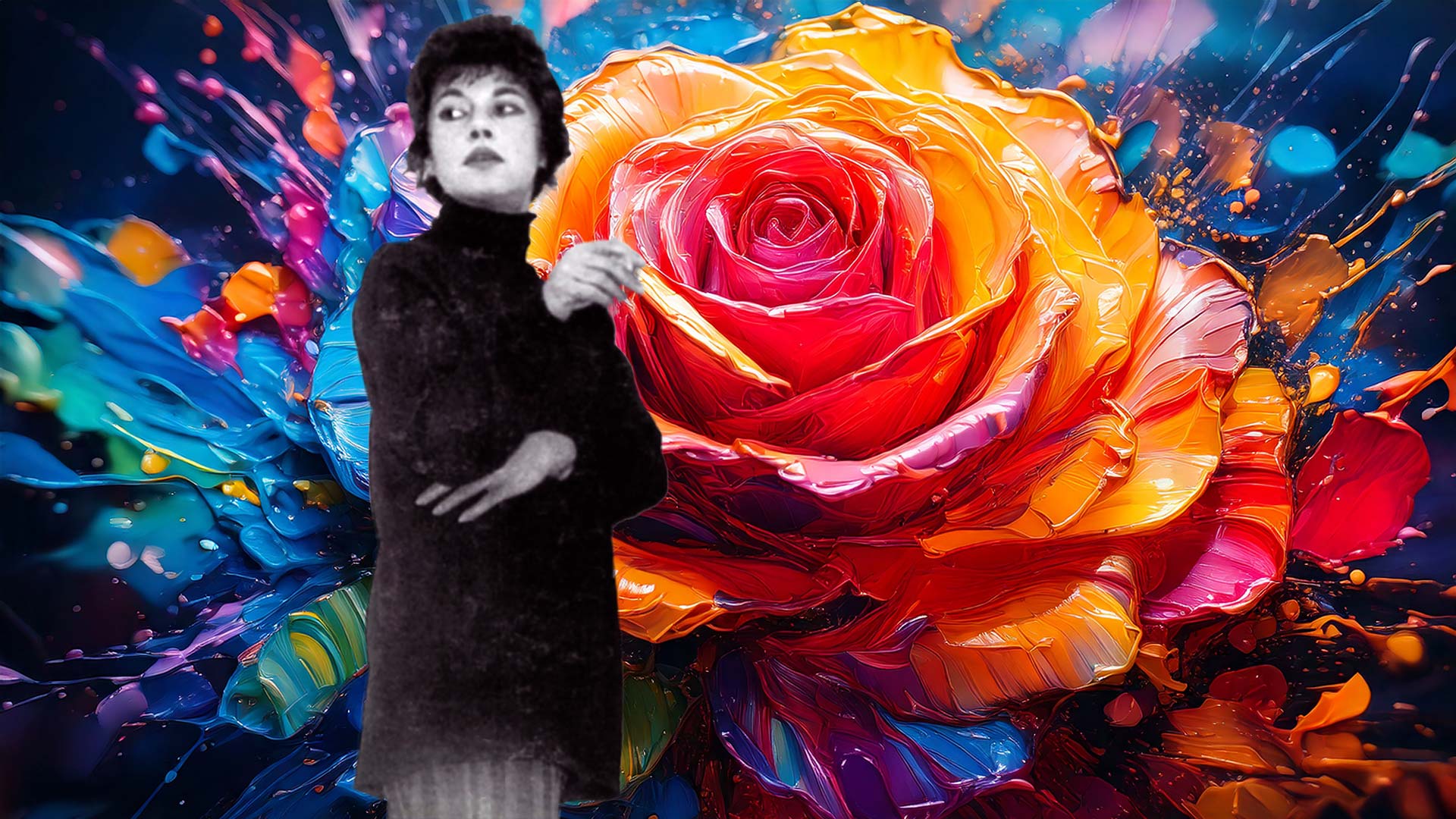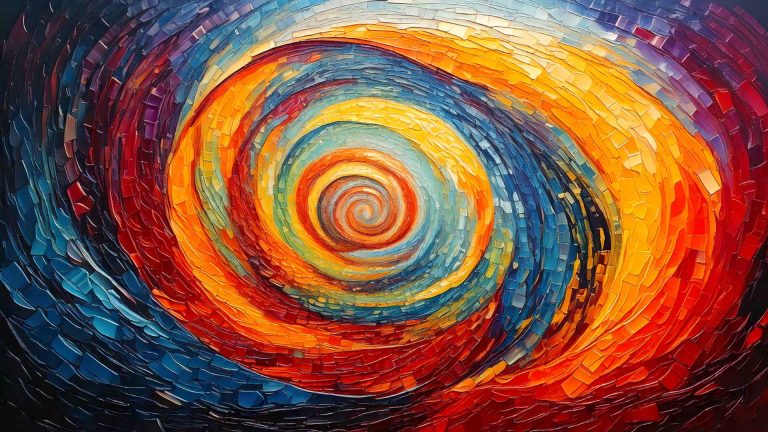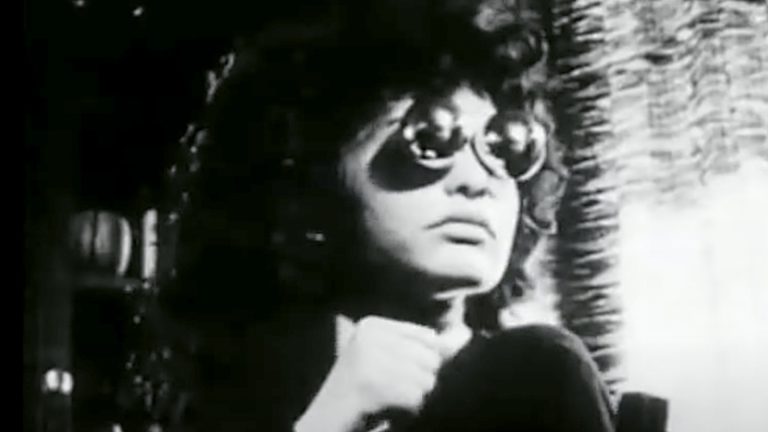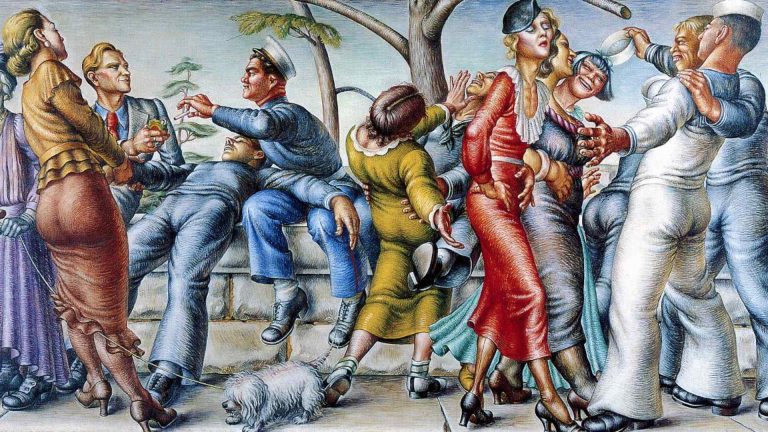Visionary artist, Beat era icon, timeless innovator
Read time 2 minutes
ay DeFeo (1929–1989) was more than a groundbreaking American artist—she was a force of nature who transformed the landscape of contemporary art. Blending the raw energy of Abstract Expressionism with the radical spirit of the Beat movement, DeFeo became a defining voice in the vibrant San Francisco art scene of the 1950s and beyond.
Born Mary Joan DeFeo in Hanover, New Hampshire and raised in the cultural cradle of the Bay Area, she honed her artistic vision at the University of California, Berkeley. Early mentorship from high school teacher Lena Emery—who introduced her to the works of Picasso and Matisse—ignited a creative fire that would burn throughout her life.
By the mid-1950s, DeFeo had emerged as a central figure in the avant-garde community. She was present at the legendary 1955 reading of Allen Ginsberg’s Howl at The 6 Gallery, a landmark moment that fused poetry, music, and visual art—and captured the very essence of the Beat generation. DeFeo’s own work from this era radiated with that same spirit: fearless, unorthodox, and driven by a deep emotional core.
Her magnum opus, The Rose, stands as a testament to her unshakable commitment to her craft. Created over the span of eight years (1958–1966), this monumental painting-sculpture hybrid—nearly 1,500 pounds of layered paint and emotion—embodies the physical and spiritual labor of artistic obsession. Today, The Rose is celebrated as one of the most iconic works in postwar American art.
While in art school, I had the privilege of attending a trip to the Whitney Museum of American Art in New York City, organized by my art history professor, the esteemed art historian Donald Kuspit. It was during this visit that I first encountered the work of Jay DeFeo. The museum had acquired and restored her iconic piece, The Rose, which was prominently on display. Experiencing the sheer scale and presence of this monumental work in person left a lasting impression on me.
Reinvention defined DeFeo’s journey. In the 1970s, she embraced photography, and used experimental, surrealist-inspired techniques to push the boundaries of image-making. Her innovative approach infused her later paintings and sculptures with renewed energy, proving that true artists never stop evolving.
A dedicated educator and mentor, DeFeo spent her final years as a beloved professor at Mills College at Northeastern University, Oakland, California. Her enduring influence lives on through the Jay DeFeo Foundation, and her works grace the halls of premier institutions like the Whitney Museum of American Art and MoMA.
Jay DeFeo wasn’t just part of the art world—she helped reshape it. Her legacy continues to inspire creators and collectors who crave boldness, depth, and artistic authenticity.



